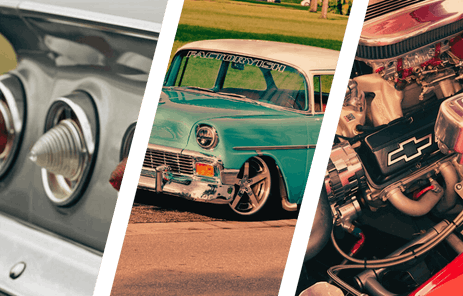For most of us, fuel injection has been around for most of our lives. Utter the words “fuel injection” at your local car show, you’re likely to spark up a conversation about the TBI systems from the ‘80s and ’90s trucks and F-bodies, the port EFI on the Gen II LT1s, tuned-port injection, or even the modern EFI systems that comes on late model LS and LT V8s. But, for Chevrolet, fuel injection actually started back in the 1950s with the introduction of Rochester Ramjet mechanical fuel injection for its 1957 small-blocks.
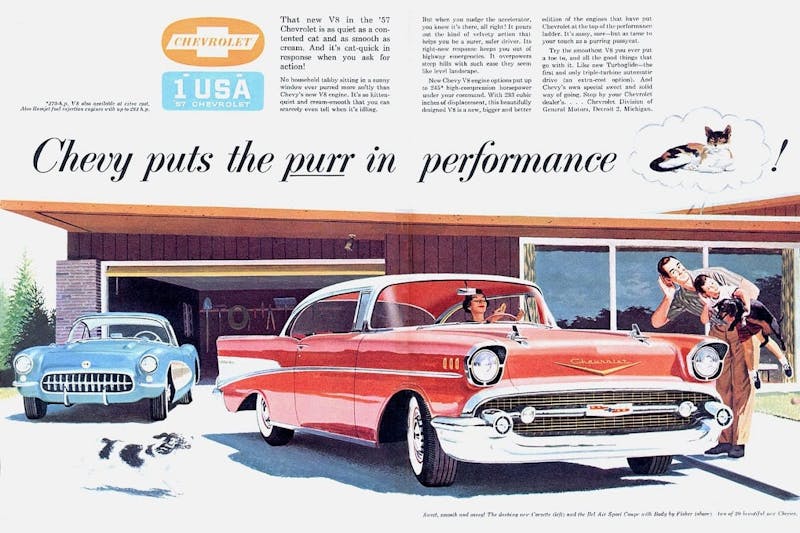
After World War II, automotive engineers began to entertain the idea of fuel injection on racing and eventually production engines. As many of these engineers served in the military during the war, they saw the real-world application of mechanical fuel injection on diesels and aircraft engines and wanted to apply these benefits to American cars.
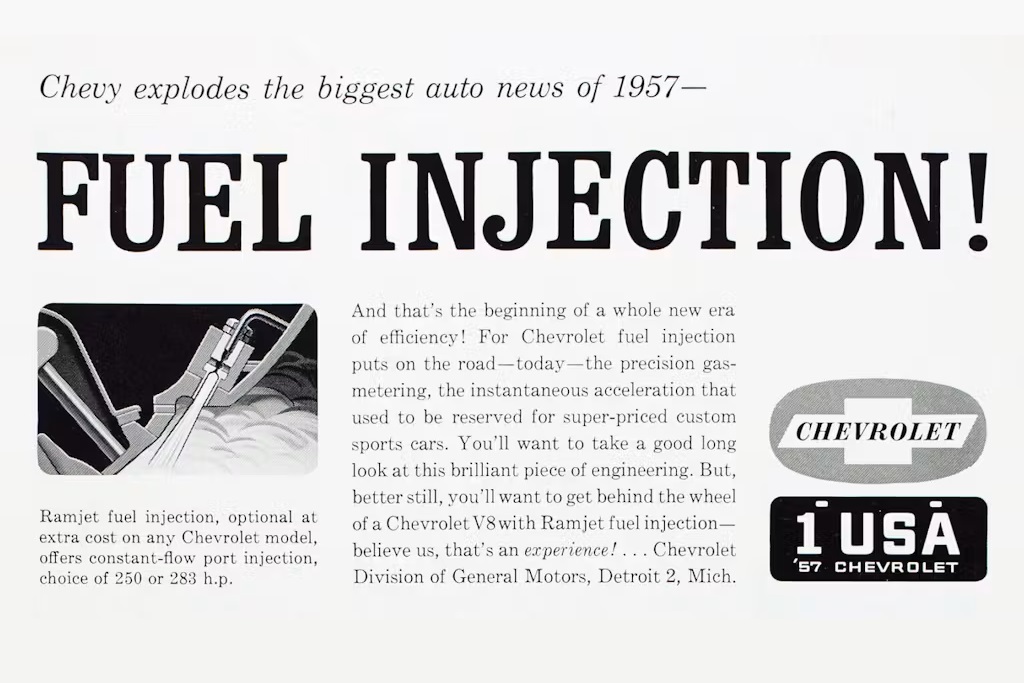
Chevrolet wasn’t the first to utilize gasoline fuel injection on a production engine; that title goes to the 1955 Mercedes Benz 300 SL “Gullwing.” But unlike the 3.0-liter straight six in the Gullwing that used a Bosch mechanical direct-injection system similar to a diesel engine, Chevrolet went with a simpler port mechanical fuel injection system that would become the Rochester Ramjet.
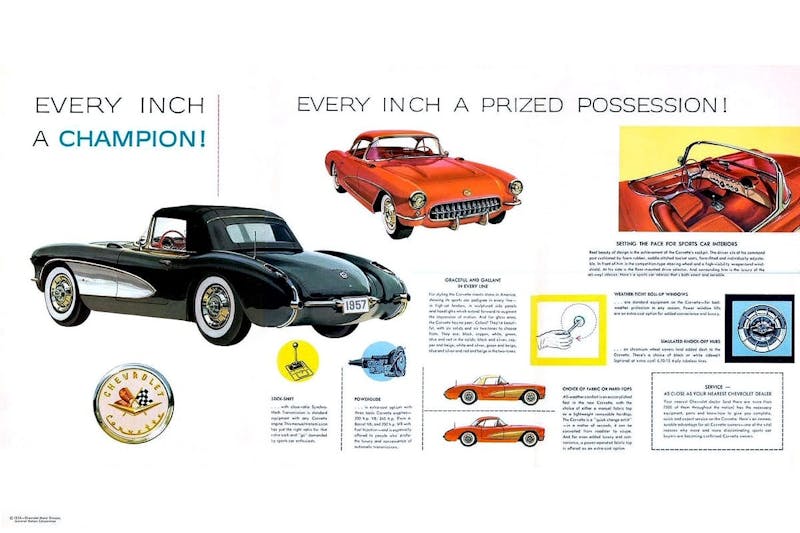
Breaking Down the Ramjet
The Rochester Ramjet fuel injection-equipped Corvettes and full-size cars, or “Fuelies” as they were nicknamed, were a big deal when the system was introduced. While it may seem like the fuel system, fuel control, and air control for a mechanical fuel injection system are overly complicated, and on the surface, it does look that way, it’s simpler than you think.
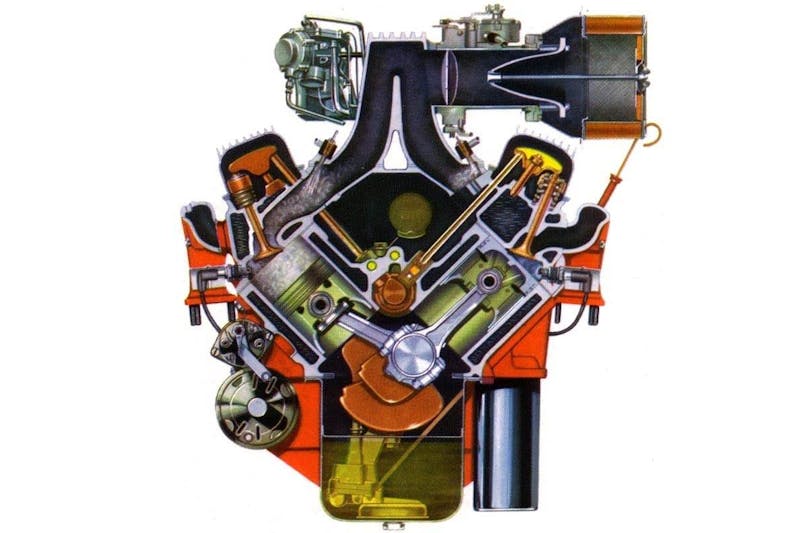
Mounted to the driver’s side of the intake manifold is the air meter, or what modern car people might think is a throttle body. While the air meter has a large circular throttle blade actuated by the gas pedal like a throttle body, it’s also equipped with a choke butterfly for cold starts and provides varying vacuum signals via a diffuser cone inside to control the fuel meter.
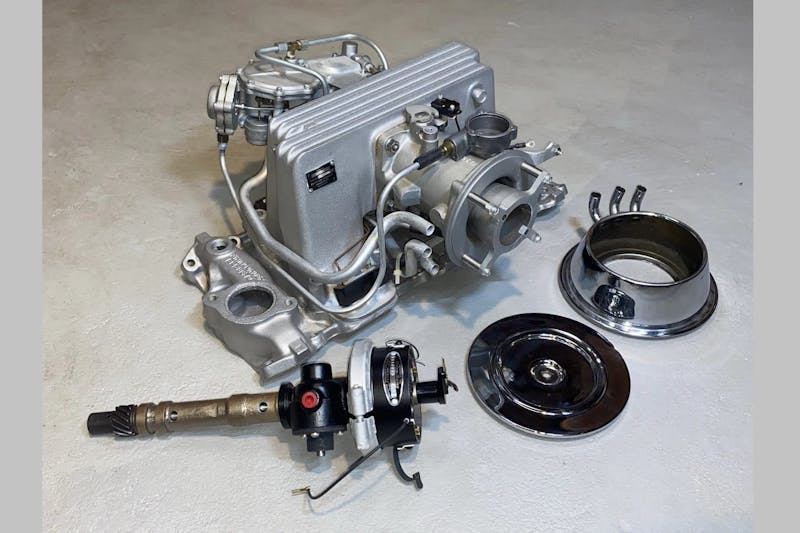
The fuel meter is mounted opposite the air meter on the passenger side of the intake manifold. The fuel meter houses the high-pressure mechanical fuel pump that is driven off the distributor via a cable, and uses vacuum signals from the intake manifold and air meter to vary fuel flow and pressure as needed for idle, part-throttle cruising, and wide-open-throttle performance.
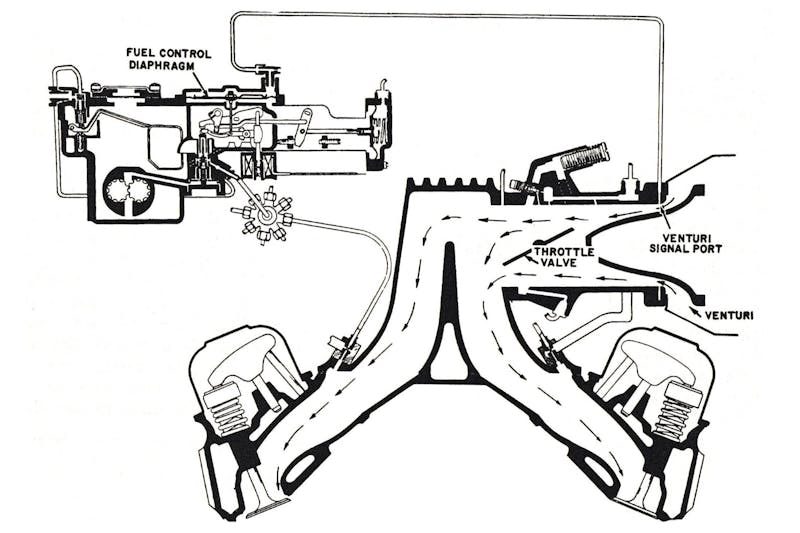
The intake manifold brings air and fuel together before they enter the combustion chamber. The manifold is a two-piece design, with the upper plenum housing the air meter, fuel meter, and injector nozzles, and the lower section mating the upper plenum to the cylinder heads. Each cylinder has its own tower-shaped port and a brass nozzle to inject fuel toward the back of each intake valve.
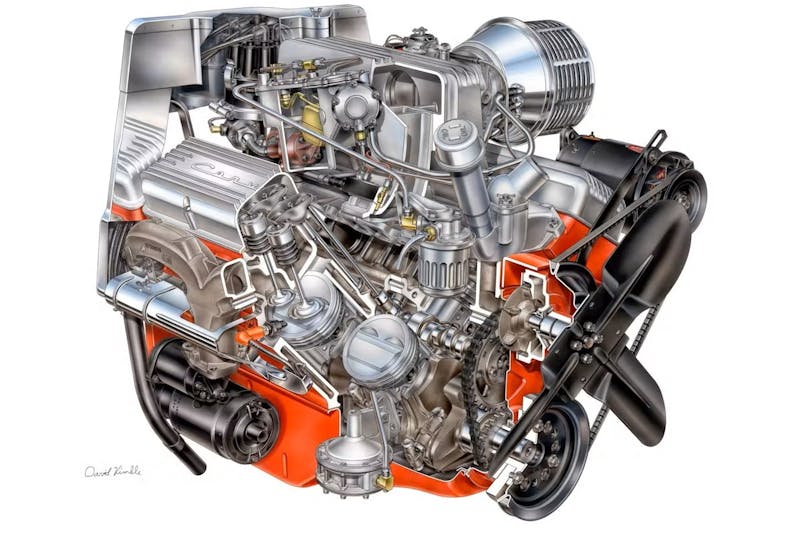
Inside the High-Pressure Heart
A Rochester Ramjet fuel injection-equipped small-block still uses a traditional block-mounted mechanical fuel pump just like a carburetor-equipped V8. This pump supplies low-pressure fuel to the fuel meter the same way it does for a carb, and like a carb, the fuel meter has a large bowl with a float, needle, and seat to regulate the fuel level inside that bowl.
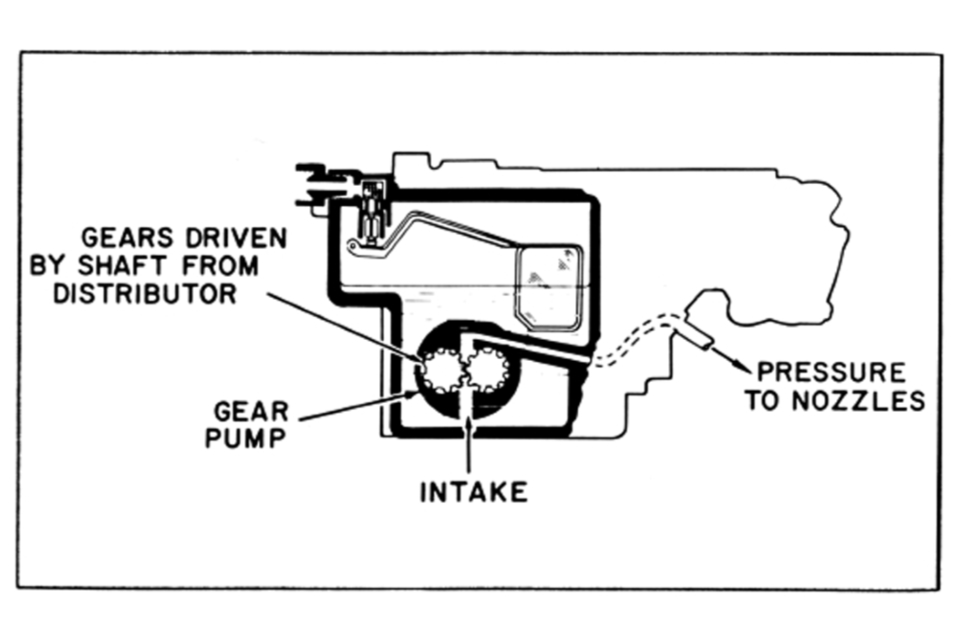
But, unlike a carburetor, there is a spur-gear high-pressure mechanical fuel pump mounted inside that is driven off the distributor. This pump is constantly submerged in the bowl of fuel and pressurizes the fuel in the bowl for the injector nozzles. The high-pressure pump spins at half the engine’s rpm, so to vary the pressure, a spill plunger acts as a return valve to regulate the pressure and flow. The more the spill plunger is closed, the higher the pressure, and the more open it is, the lower the pressure.
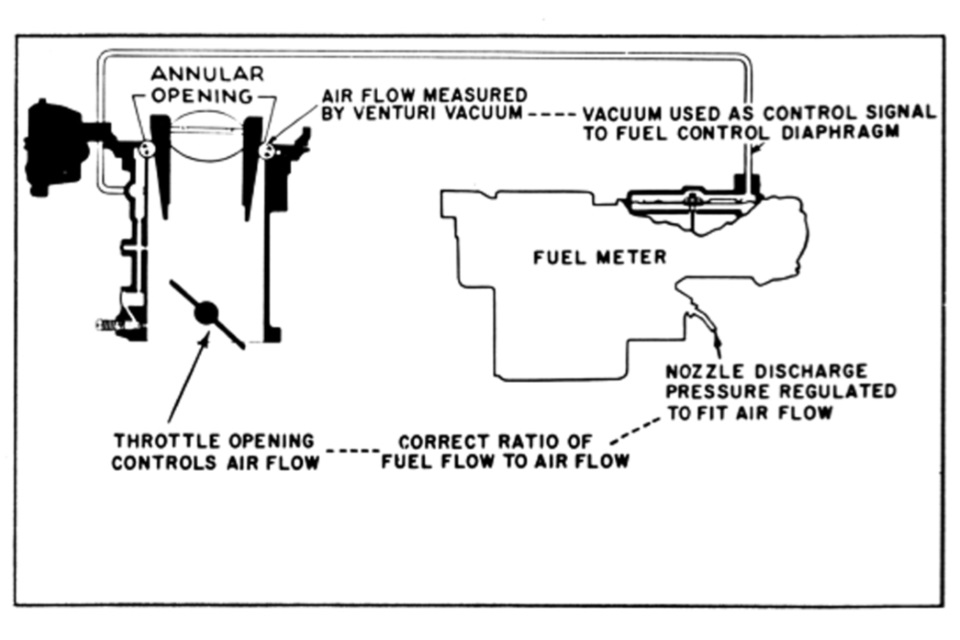
The distributor for a small-block with Rochester Ramjet MFI is a dual-drive unit with a gear drive that runs a cable to the tachometer, just like non-fuel-injected engines, but a second output drives another shorter cable for the high-pressure pump.
The Rochester Ramjet fuel injection system is a constant flow system, which means that the nozzles, or “injectors,” are not valves that only inject fuel when needed, but spray constantly with the flow and pressure adjusted as needed by the fuel meter.
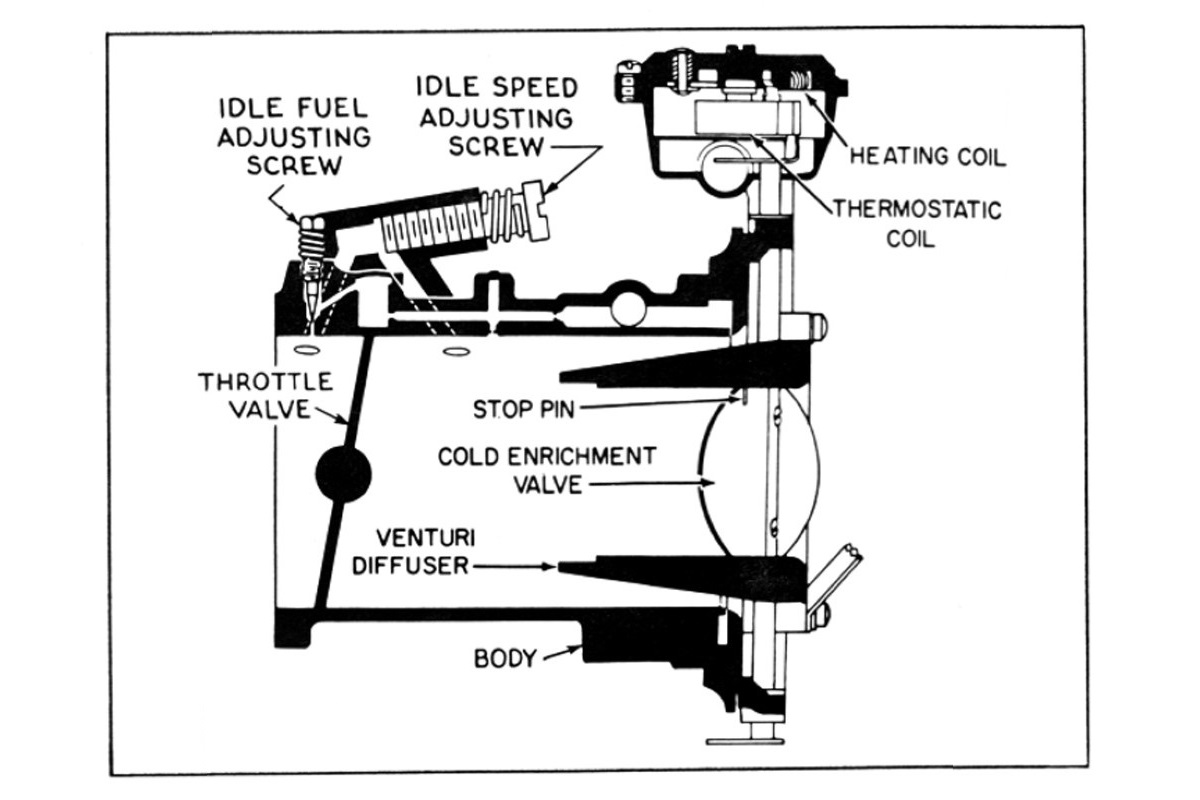
Regardless of how air and fuel get into each cylinder, the required air/fuel ratio changes for different driving situations like idle, low-load cruise, high-load part throttle, and full throttle performance. The fuel meter on a Rochester Ramjet supplies the fuel, but still needs to be told how much fuel to deliver at these various driving situations. A lever and movable pivot actuate the spill plunger to regulate the amount of fuel and fuel pressure that is delivered, and the air meter, combined with manifold vacuum, is where it gets that information.
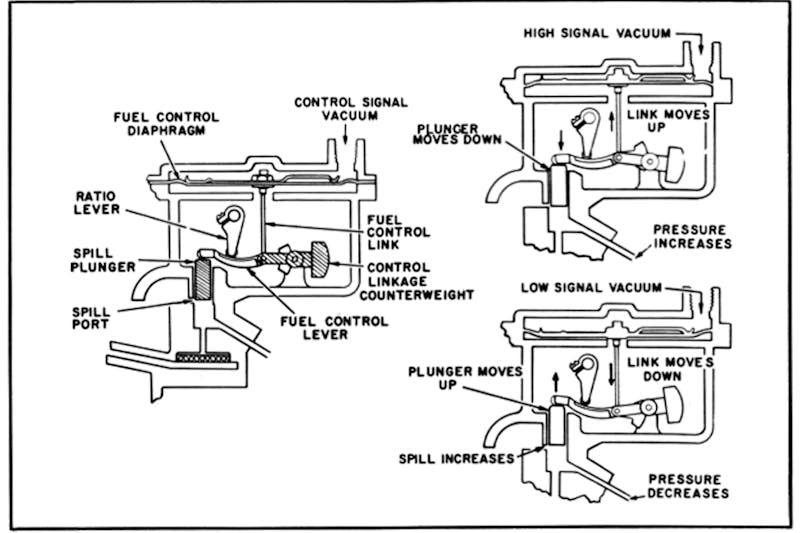
The necessary vacuum signals are created in the air meter by running the air through a diffuser cone in the intake opening. As air rushes around the cone and past the throttle valve, pressure drops or increases, depending on the circumstances. The vacuum signal then activates diaphragms in the fuel meter, which activate the moveable pivot and lever assembly, which in turn controls the spill plunger and allows the proper amount of fuel to reach the injector nozzles.
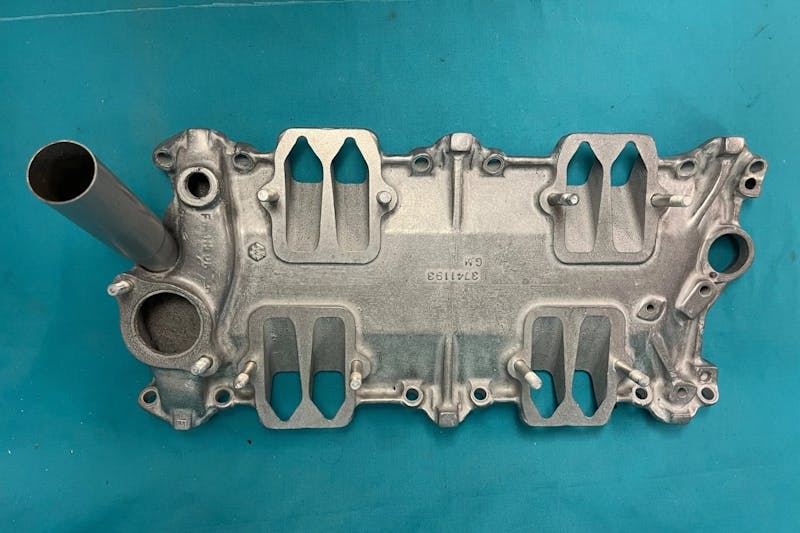
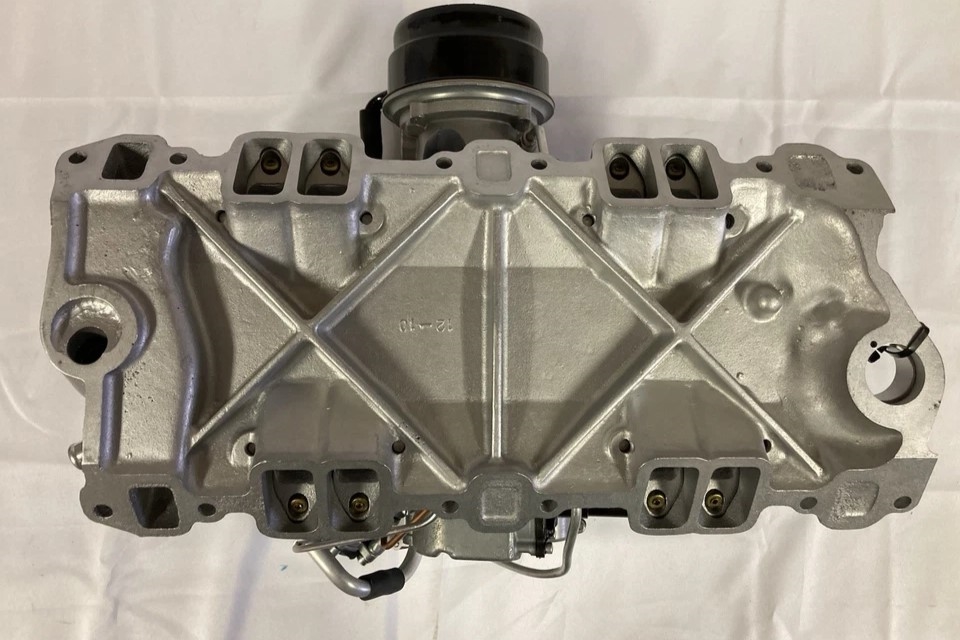
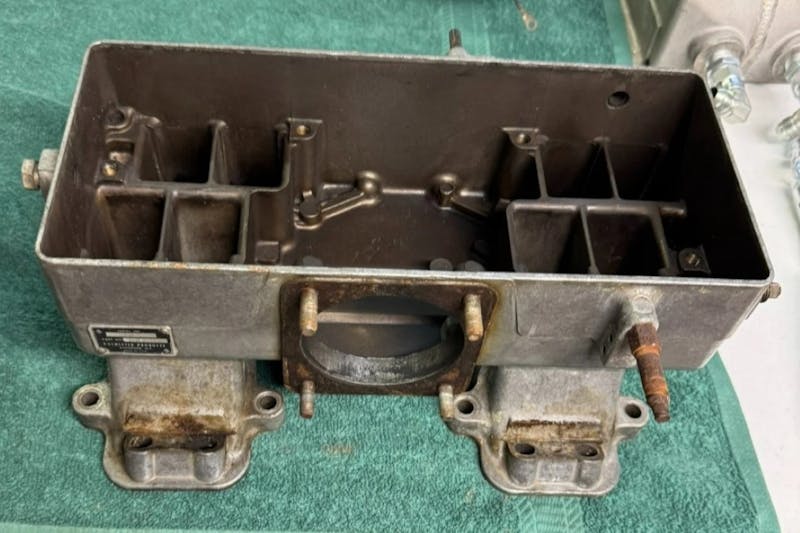
The air/fuel ratio varies from a slightly lean 15.5:1 for economy during low-load cruising, 14.5:1 at idle, and 12.5:1 during full throttle. While there were some changes year over year as engineers at Chevrolet fine-tuned the system and made adjustments, towards the end of its production, the fuel pressure could vary from almost zero at idle all the way to over 500 psi at high rpm, wide-open throttle driving.
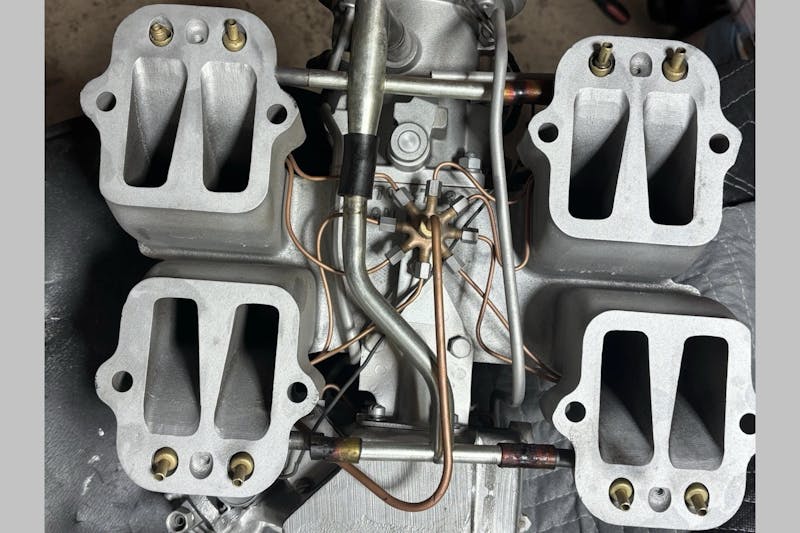
Price And Perception Seal The Ramjet’s Fate
The Rochester Ramjet fuel injection system was offered from 1957 to 1965 in Corvettes and from 1957 to 1959 in full-size passenger cars on 283 cubic-inch and eventually 327 cubic-inch engines.Pontiac also offered a similar mechanical fuel injection system from Rochester for 1957 and 1958, which is very rare. The system was revolutionary for the time, and offered increased performance and smooth drivability, so why was the Ramjet system only sold in low numbers for just nine years, and the small-block didn’t see fuel injection again until 1982?
Cost played a major role in the scarcity of Chevrolet’s mechanical fuel injection. When it was introduced in 1957, the 283 cubic-inch small block with Rochester’s MFI was the first American production engine to offer one horsepower-per-cubic-inch at 283 horsepower, but that option cost $484.20 while the 270-horsepower dual-carb 283 only cost $182.95. Most buyers didn’t see the value of paying a whopping $301.25 extra for only 13 more horsepower, especially when you consider the next problem for the Rochester Ramjet fuel injection system: its quickly-growing poor reputation.
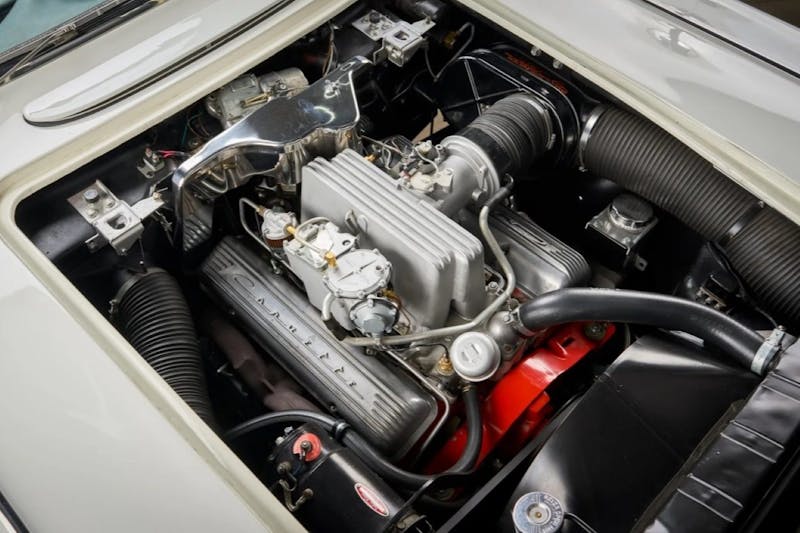
The Rochester Ramjet MFI was revolutionary and very different from the more commonly used and easily understood carbureted fuel system that other engines had been running for decades. When you combine the system’s rarity with its poorly understood complexity when it comes to repair and tuning, you get a mechanical fuel injection system with a poor reputation for cost of repair, fickle drivability, and performance. When the system ran as designed, it provided superior performance and drivability, but ran terribly when something was wrong and needed adjusting or repairing.
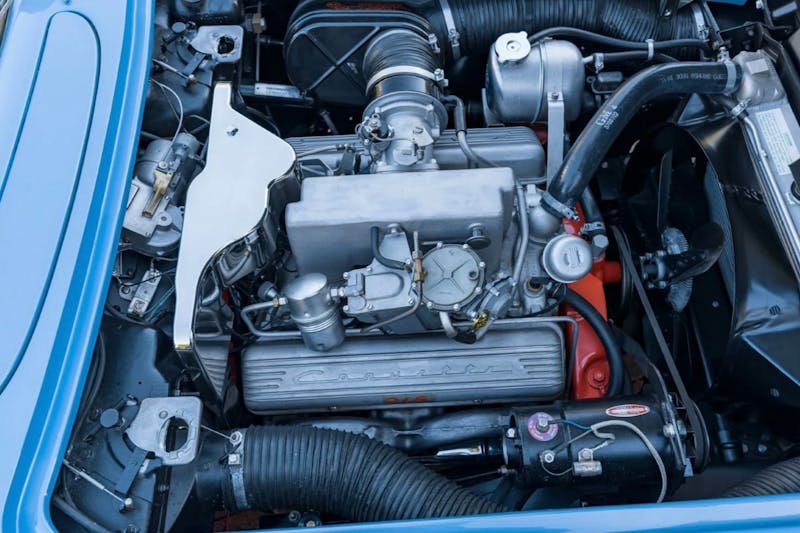
A majority of mechanics and Chevrolet service departments had trouble diagnosing and tuning the system when owners needed service. This led to many swapping out the system for the more common carbureted setup that performed almost as well and was much easier to service. The Rochester Ramjet fuel injection quickly gained an unfair reputation as fickle, temperamental, and expensive to fix.
The final year Chevrolet offered Rochester Ramjet MFI on a production car was 1965, and only for the Corvette on the 375-horsepower 327 cubic-inch small-block. 1965 was also the first year for the big-block Corvette with the 425-horsepower 396 cubic-inch V8. The fuel-injected small-block option cost $538.00, while the new big-block only cost $292.70. Asking customers to fork over an extra $245.30 for less horsepower and a fuel injection system with a dwindling reputation was a hard sale. The result was that only 771 Corvette buyers picked the special small-block while 2,157 buyers opted for the newer, cheaper, and higher-performing big-block. This was the final nail in the Rochester fuel injection coffin, and Chevrolet discontinued the Rochester Ramjet option.
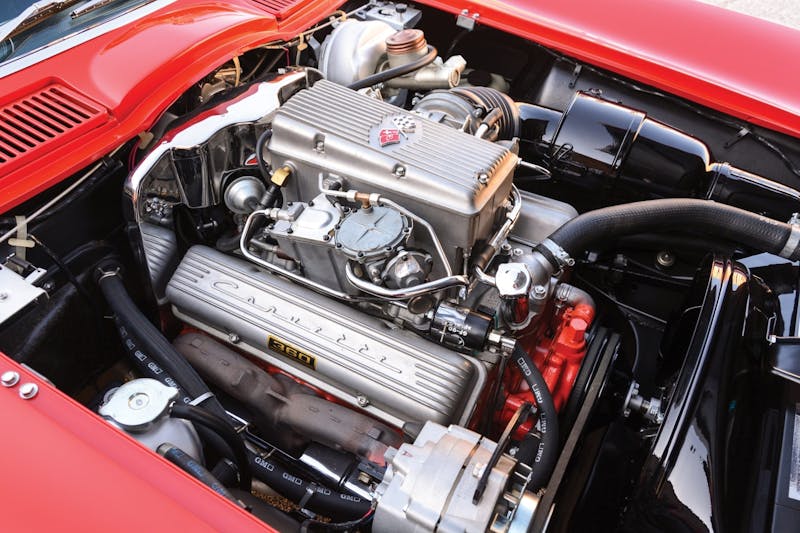
The Roots Of Fuel Injection: Paving The Way
Though short-lived, Chevrolet’s Rochester Ramjet fuel injection marked a pivotal step in American performance history. It showcased the brand’s willingness to innovate beyond conventional carbs and paved the way for the electronic fuel injection systems that would later define modern GM engines. While the original mechanical setup suffered from cost and complexity in its time, its legacy lives on as the foundation for decades of fuel-injected small-block development. This is proof that Chevrolet was chasing precision and performance long before EFI became the norm.
You might also like
LT4 Swapped C10: A Square Body With A Mean Streak
An LT4-swapped C10 built with drag-race engineering, blending factory-clean style with 800 horsepower attitude.



